Detailed content
Technical Specifications (Typical, Subject to Change):
- Type: Power Protection and Control Component
- Function: Typically used as a part of a larger power distribution or protection system, this component may serve as a relay, sensor, or a specialized control unit.
- Voltage Range: Specific voltage ratings are not directly provided but may vary depending on the application and system requirements. ABB products often cater to a wide range of voltages, including low, medium, and high voltage applications.
- Current Rating: Similarly, current ratings are application-specific and not directly stated. They are designed to match the requirements of the power system they are integrated into.
- Communication Interface: May include industry-standard communication protocols such as Modbus, Profibus, or Ethernet for integration with automation systems.
- Protection Features: May incorporate overcurrent, short-circuit, and/or ground fault protection, depending on its intended use.
- Environmental Ratings: Designed for industrial environments, with appropriate temperature ranges, humidity tolerance, and dust/water ingress protection (IP rating) as per IEC standards.
Functional Characteristics:
- High Reliability: Engineered for long-term, reliable operation in demanding industrial settings.
- Precision Control: Accurate monitoring and control of electrical parameters, ensuring safe and efficient power distribution.
- Easy Integration: Designed for seamless integration into existing or new power systems, reducing installation and commissioning time.
- Remote Monitoring and Control: Supports remote monitoring and control capabilities, allowing for real-time system monitoring and fault diagnosis.
Application Scenarios:
- Power Distribution Systems: Used in medium- to large-scale power distribution networks, providing protection and control functions.
- Industrial Automation: Integrated into automated production lines and processes, ensuring reliable power supply and efficient operation.
- Infrastructure Projects: Deployed in utility-scale infrastructure projects, such as power plants, substations, and transmission lines.
- Renewable Energy: Suitable for integration into renewable energy systems, including wind farms and solar power plants, for grid integration and power management.

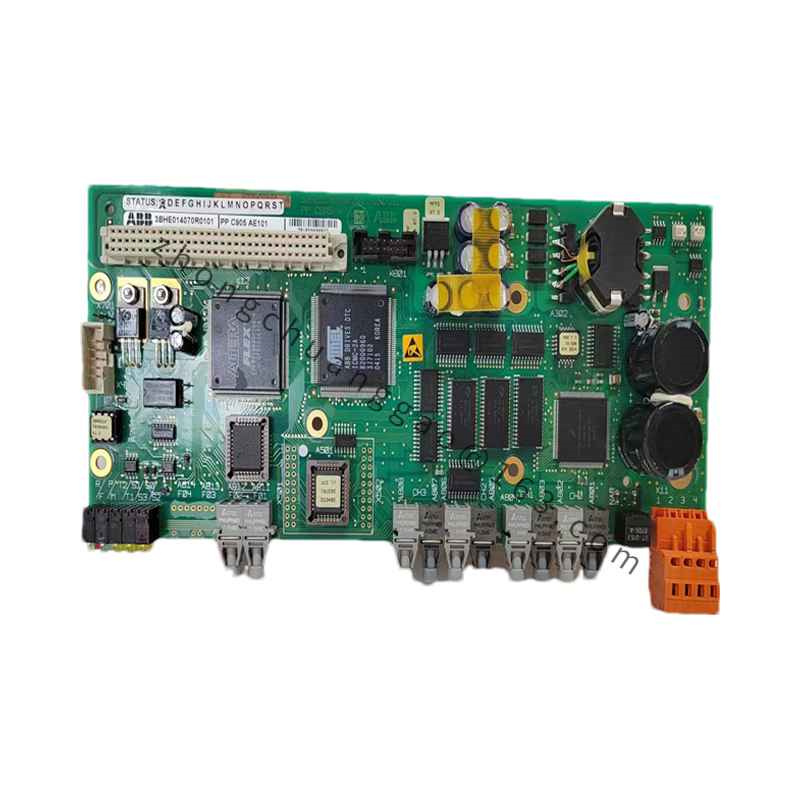
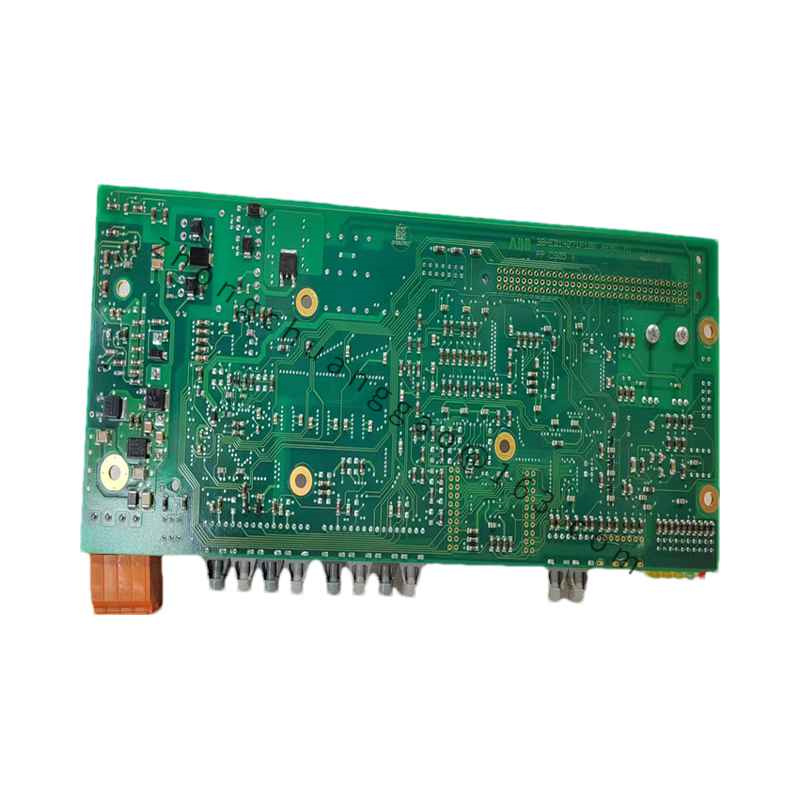
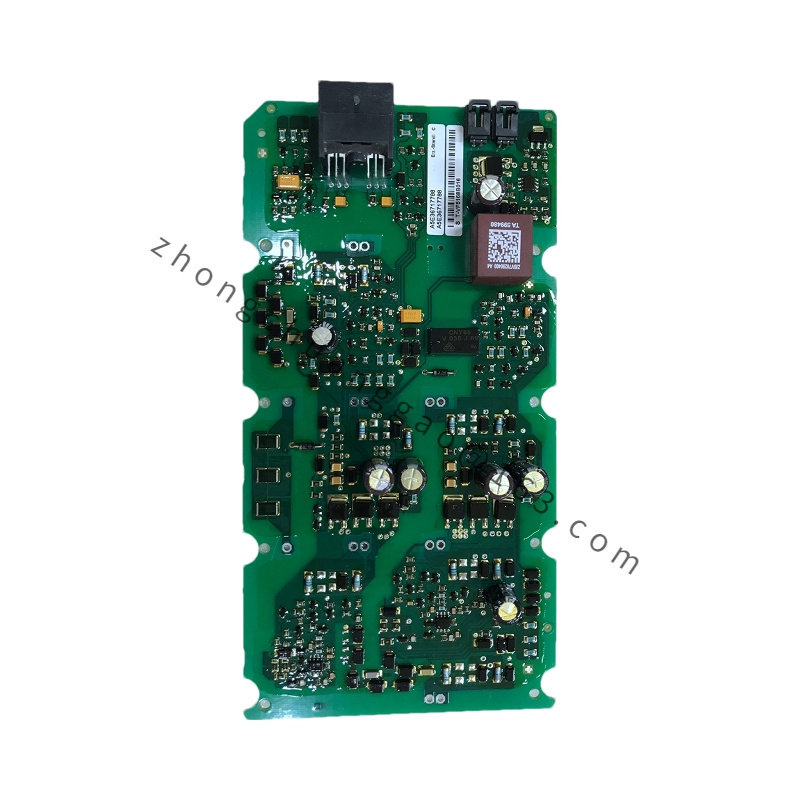
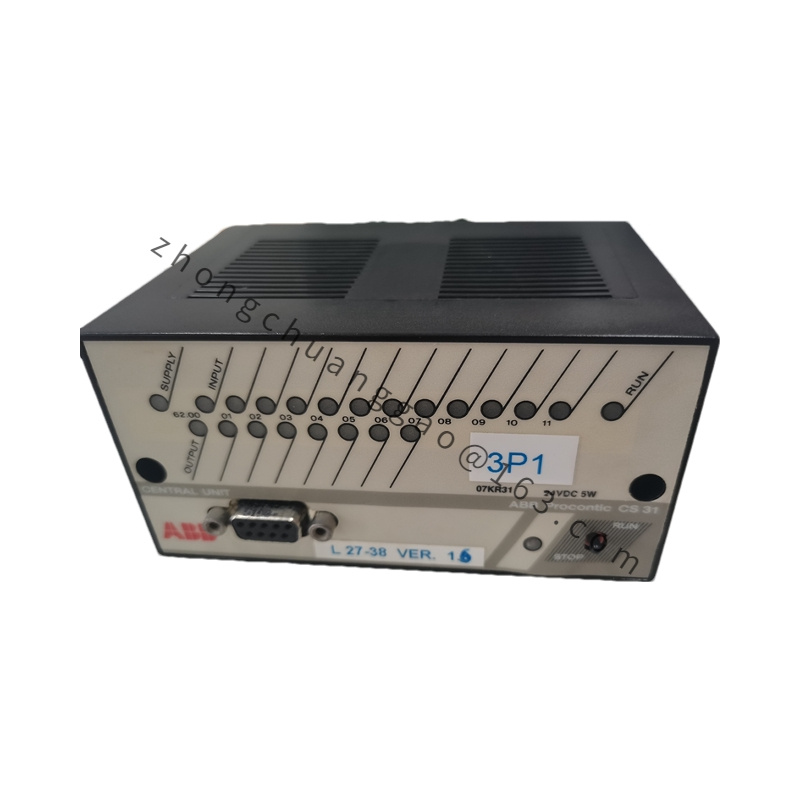

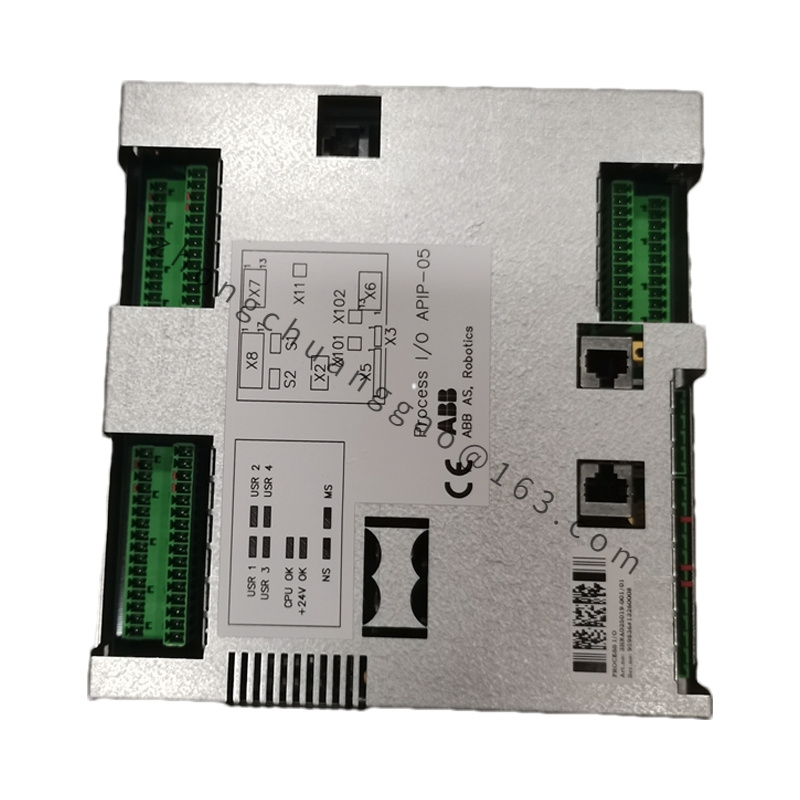

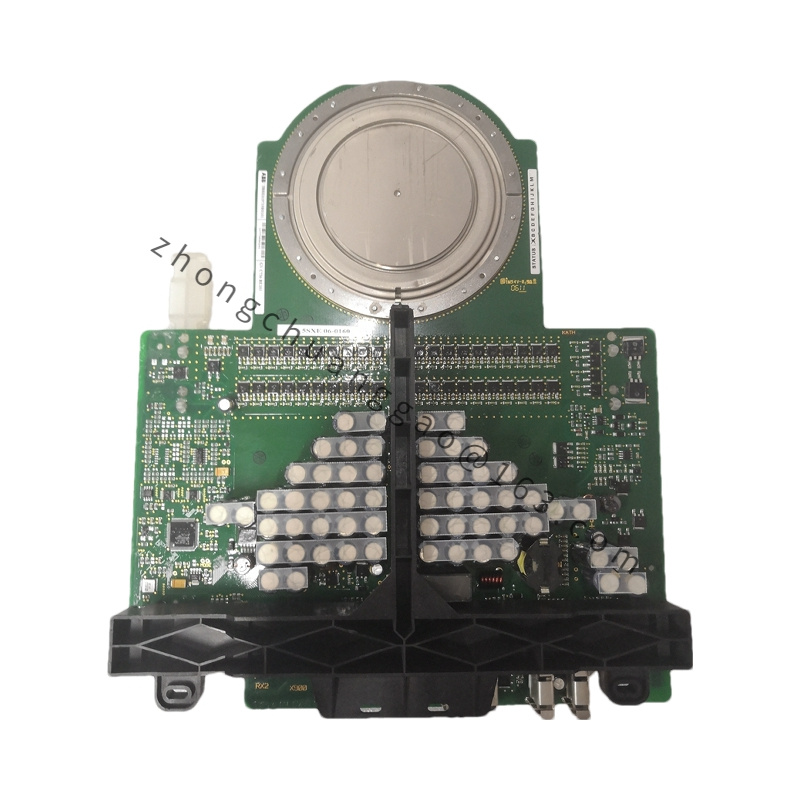
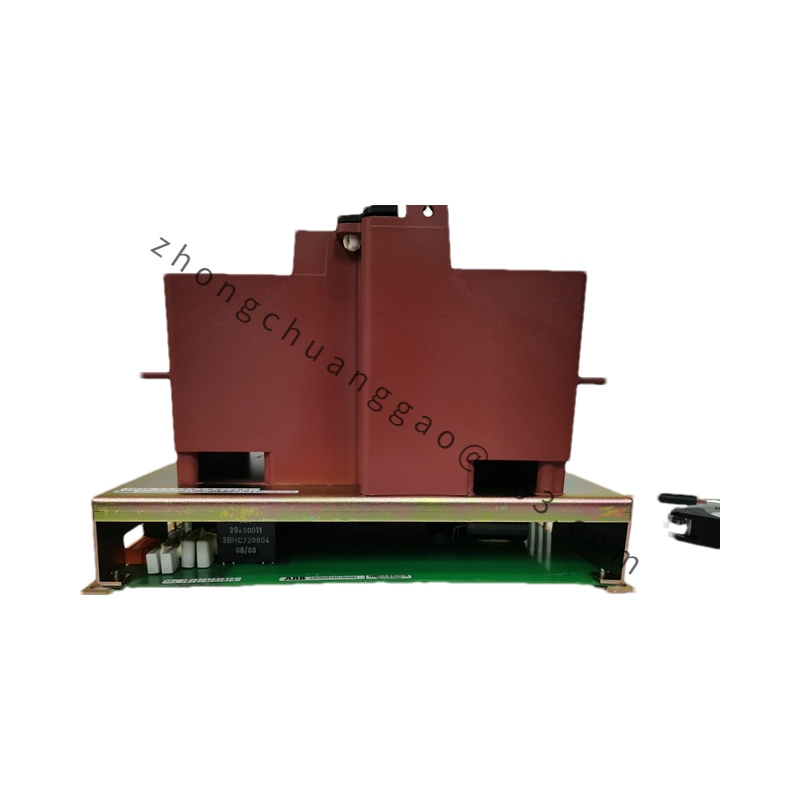

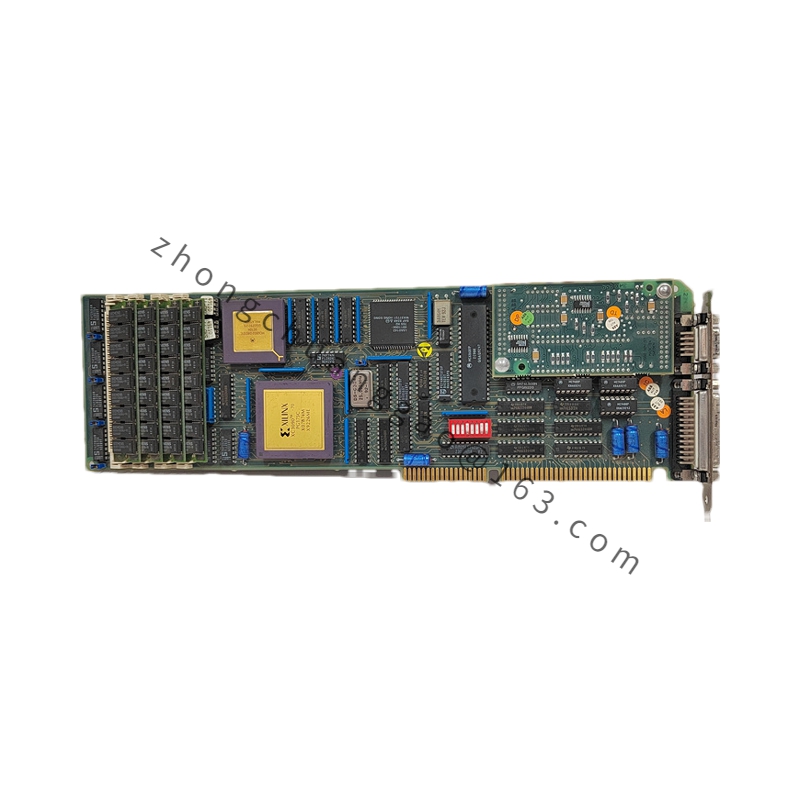
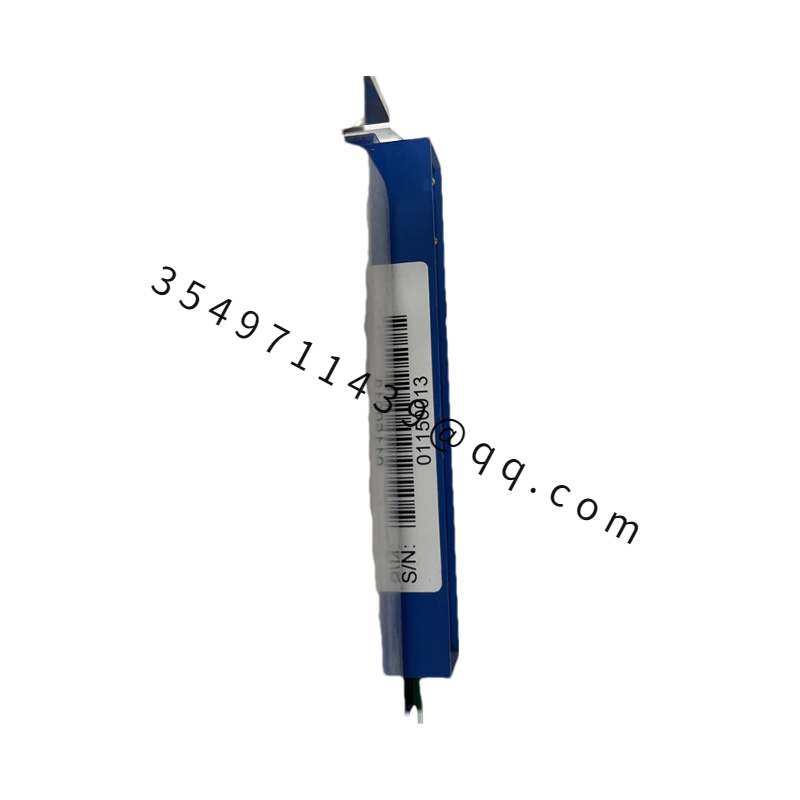
.jpg)
.jpg)